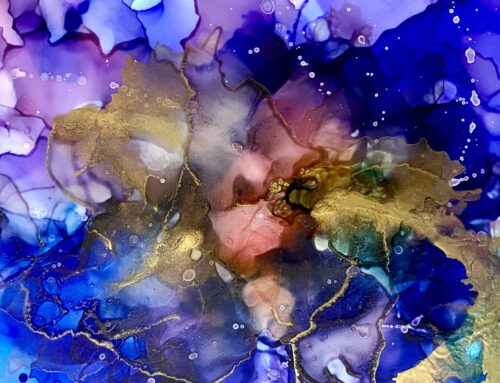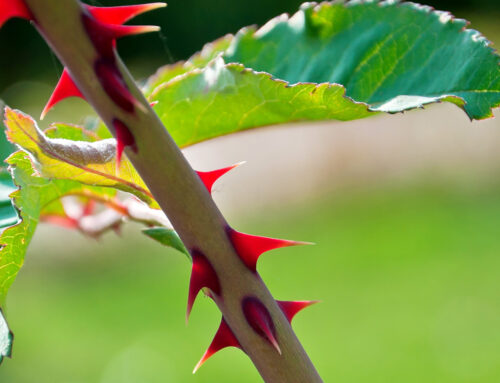I am always amazed at how the most intangible things in life such as love, fear, joy, uncertainty, or peace shape our lives so intensely. They aren’t things I can hold in my hand or physically give to you, and there are no words to adequately define the experience of these intangibles. Yet they are the foundation for all sacred wisdom. We continually seek the healing and expression of these things because we recognize this is where life is nudging us, and how we are being called to live who we have come here to be.
The Season for Nonviolence, January 30 – April 4, is a national 64-day educational, media, and grassroots campaign dedicated to demonstrating that peace and nonviolence is a powerful way to heal, transform, and empower our lives and our communities. As we enter into the Season for Nonviolence, I want to focus on one of these intangibles – peace.
It’s scary to think about how much war has been waged over peace, and how much conflict has been borne over the idea of peace. So what do we mean when we say ‘peace’? How is it really defined, and how do you get it and live it? If you ask most people, they’ll tell you that they definitely want more peace and that peace is absolutely a good thing for our world. You’re also likely to get as many definitions of peace as the number of people you ask because if you dig a little deeper, you’ll find that people actually have different ideas about what peace looks like. And ironically, you’ll probably hear quite a bit about how if we all had the same ideas of peace, we’d have more peace. I’ll let you chew on the absurdity of that thought for a while.
So what are some of the faces of peace? It depends on what’s alive in your life! The most basic form of peace is a drive for physical survival, especially for those who, at any given moment, are living in the midst of a disaster, abject poverty, or even a serious illness. What peace looks like to them is the assurance that their basic survival needs will be met. Peace means I struggle less to survive my day.
Another face of peace might be for those living in countries caught up in warfare, or in high crime neighborhoods, in schools with bullies, or homes experiencing domestic violence. That face of peace might be a sense of safety, where the threat of imminent danger is gone. Peace means the ability to relax, to breathe and trust you and your loved ones are safe.
Sometimes peace looks like empowerment, those times when you have stood up for yourself, found your voice, and taken charge. This face of peace looks like the recognition that “I have power in my world, I know my strengths and express them with confidence.” Look at teenagers or young adults coming of age, or any person you know taking a risk and stepping out into the unknown. At these times peace is the sense of knowing “I am strong, self-reliant. I can slay my ‘dragons’ as I forge a new and exciting path in life!”
And yet at other times the idea of blazing new trails is overwhelming. Sometimes life is chaotic and unmanageable. Right now, for many experiencing economic hardship for instance or great change and upheaval, the face of peace may look like order, predictability, justice and mercy. Perhaps the peace yearned for is a shared reality around playing by the rules, which for some reading this may be triggered by the idea of following rules! And yet, for millions the world over, order is the peace needed to bring purpose and fulfillment back into a topsy-turvy world that sometimes makes no sense.
Another face of peace looks like freedom when life has too much order or predictability. Maybe peace is the idea and impulse to go seeking, exploring and questioning – discovering that we shape our world and we create what we see around us through our own innate gifts, intelligence and passions! Who in your life is working to create success with a new business, a new job or expanded education? Anyone embarking on a new adventure which allows them to express their full potential and live out their dreams desires this face of peace which is curious, free and expansive.
Probably the face of peace that is talked of most frequently out-pictures as respect and understanding for all humanity, all life. This face is about finding meaning in our relationships, acknowledging and accepting the goodness found in the diversity of life. Conflict has separated us and we yearn for connection through opening our hearts, and honoring each other by finding where we are similar rather than different. We desire this face of peace when the other faces of peace have found their voice and expression in our lives.
Finally, one last face comes in the form of true compassion, which is borne out of wisdom. I see this face of peace expressed in those who have experienced enough inner peace, through healing their own wounds. These people know they cannot have peace when there are those around who have none. This face of peace is the deep, soul longing to bring peace wherever they go through nurturing their own sense of divinity, expressing spirit, and then being in compassionate service to the world.
So why is it important to look at different faces of peace? As I said earlier, almost everyone I know wants peace, yet how can I help someone else find it if I don’t have an understanding of what it means to them? It means different things to different people at different times in our lives, and because I believe in the interconnectedness of all life, then the fulfillment of peace is found in helping each person find their own peace.
Mother Teresa said that if we have no peace it is because we have forgotten that we belong to each other. Cultivating peace and living peace is knowing that I am part of something larger, that I belong to you and with you. It is knowing that I matter, that you matter, and “to be” is to be related to you, because peace, regardless of its face, doesn’t happen alone, it happens through our belonging.
And how do I cultivate and live peace? It’s learning that if I am not at peace in my own life, I will make conflict with those around me. If I don’t learn to face my own struggles I will never have compassion for someone else’s struggles, and if I don’t own my failures, I can never really be in immense awe of your success. Peace begins when I am willing to be still in the silence, sitting with my sufferings, listening to what the spirit within is trying to teach me.
Listening is a peace practice. All meditation practices in any spiritual tradition encourage us to be disciplined in our practice of being silent if we want to live more peacefully in the world. Listening is the beginning of peace. For in listening I am brought face to face with my own inner wars. Only then can I become truly peaceful and only then will I understand myself, and therefore understand another.
Peace begins when I expand my mind and heart and listen to the noise within that needs healing and quieting. And then I listen for the wisdom from the world outside me that I need to learn and integrate. Peace begins by cultivating this practice, and if I can live in that practice eventually it becomes my way of being. Then practicing and living peace are inseparable. Then we can leave our world with a legacy of peace. Then peace will come in all its glorious faces.
Since peace begins with listening, as part of my Season for Nonviolence practice this year, I am employing new ways to listen for wisdom from my world, which includes my connections on Facebook and Twitter. Social media can be a powerful tool to share our wisdom and learning with each other, to have a sense of belonging, to rejoice in each other’s successes, and to offer a listening ear to our sufferings.
Each day for the 64 days of the season, post one piece of learning from your own practice of listening in the silence. Offer one face of peace you witnessed, or experienced. Tell me how your discipline of silence has brought peace to your world. All your questions and answers are within you, let me know how becoming an ear for the divine has you being peace and giving peace.
For resources on how you can practice peace visit the Association for Global New Thought 16th Annual Gandhi-King Season for Nonviolence.






Kelly you are such an incredible writer. I love this post. You demonstrate the stages of the spiral and development so beautifully.